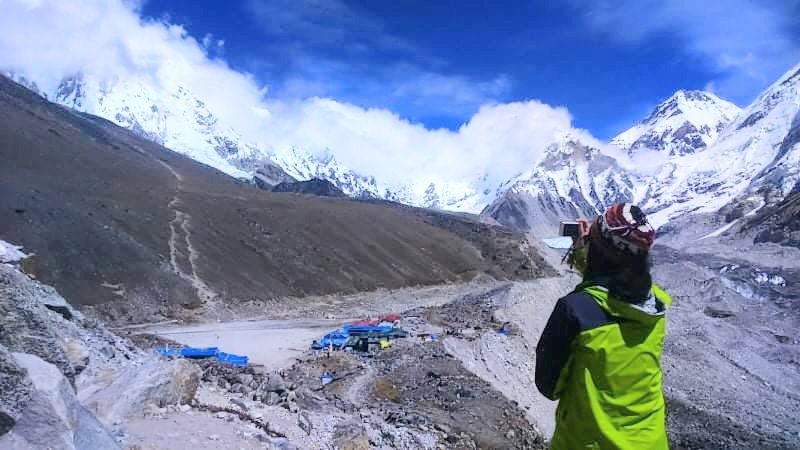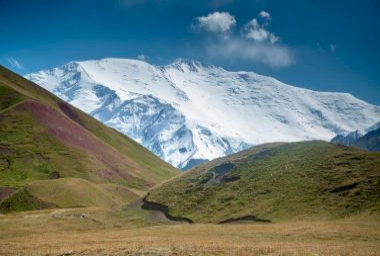Glimpse of Everest Base Camp Trek:
![]() Location: Nepal
Location: Nepal
![]() Duration: EBC: 12 days/11 nights
Duration: EBC: 12 days/11 nights
EBC via Gokyo Ri: 16 days/15 nights
EBC via Gokiyo Ri with 3 passes- 18 Days/ 17 Nights
![]() Trek gradient: Moderate-difficult
Trek gradient: Moderate-difficult
![]() Maximum Altitude: 5,644m (18,519ft) above sea level
Maximum Altitude: 5,644m (18,519ft) above sea level
![]() Pickup/ Drop Point: Kathmandu
Pickup/ Drop Point: Kathmandu
![]() Base camp: Phakding
Base camp: Phakding
![]() Best Season: April to early June and September to mid-December
Best Season: April to early June and September to mid-December
![]() Temperature: Winter: 8.5˚/-2.8˚ Spring: 12˚/1.8˚ Autumn: 18˚/10˚
Temperature: Winter: 8.5˚/-2.8˚ Spring: 12˚/1.8˚ Autumn: 18˚/10˚
![]() Customized fees:
Customized fees:
Fees based on the final number of participants. Kindly contact +91-9051055011/ +91-8969336262 for the further detail before proceeding for the payment.
















